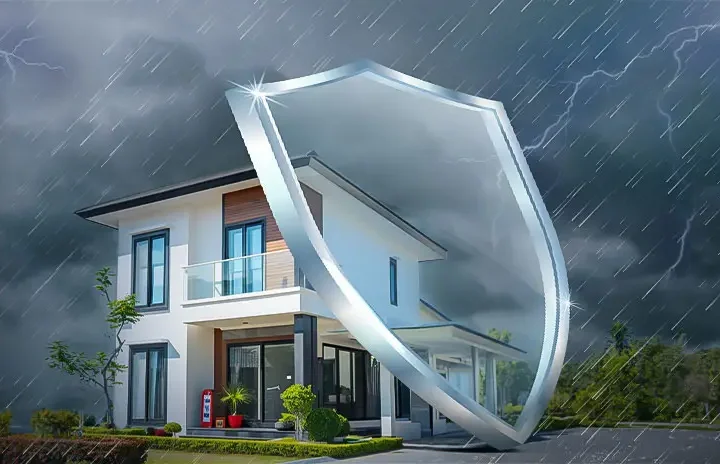Transformers are an essential component of the electrical power distribution network. They ensure that electricity is delivered reliably and efficiently to homes, industries, and businesses. They play a crucial role in grid stabilization by converting voltage levels. Understanding transformers’ role in power distribution can help you understand why they are important to modern infrastructure.
Voltage Regulation and Energy Efficiency
Transformers are used to regulate the voltage in the entire power distribution system. Electricity is produced in power plants at low voltage levels. Transmission of electricity at low voltage over long distances can lead to energy losses because of resistance in wires.
In order to address this issue, step up transformers raise the voltage, sometimes reaching hundreds of thousands volts. This higher voltage allows for less energy loss in transmission and allows electricity to be transported efficiently from power plants to substations located near populated areas.
As soon as the electricity reaches substations in localities, step-down converters reduce the voltage to levels that are safe for homes and businesses. These levels are typically between 120 volts and 240 volts. It allows electrical devices to operate safely, while reducing the risk of overloading circuits.
Maintaining Grid Stability
Transformers are also crucial in maintaining grid stability. This is important to avoid blackouts and power surges. The power grid is an intricate system that balances the generation of electricity with its consumption in real-time. Transformers are used to maintain this balance, by controlling voltages at different points on the grid. This ensures that electricity is delivered efficiently.
Transformers are necessary to stabilize the grid in case of fluctuations in supply and demand. This could lead to voltage irregularities, or even power outages. Transformers provide a steady, regulated voltage to the grid, which allows it to react to changes in load, such as peaks in demand during hot temperatures or industrial processes.
Facilitating Renewable Energy Integration
Transformers play an increasingly important role in integrating renewable energy sources such as solar and wind into the grid. Transformers are used in solar farms and wind turbines for long-distance transmission of power, while step-down transformers ensure that the electricity can be used by consumers. This integration allows grid stability to be maintained while transitioning to greener sources of energy.
Transformers are essential for power distribution and grid stabilization. They help to ensure electricity is delivered safely, efficiently and reliably by managing voltage levels, as well as supporting the integration renewable energy.
This post was written by a professional at Electrical Transformer Buyers. As a premier destination for buying and selling electrical transformers, Electrical Transformer Buyers is your go-to partner in the industry. Backed by years of experience and a team of highly skilled professionals, we are committed to providing comprehensive solutions for all your electrical transformer needs. Click here to learn more!












More Stories
Black and White Living Room
The Role of Technology in Contemporary Home Design
From Concept to Reality: Tips on How to Navigate the Home Renovation Process